The allure of moonstone has captivated gem enthusiasts for centuries, with its ethereal glow and mystical appearance. Among its most fascinating characteristics is the blue adularescence, commonly referred to as the "blue sheen" or "blue flash." This phenomenon, which appears to float beneath the surface of the stone, is a defining feature of high-quality moonstone. The intensity of this blue light effect varies significantly from stone to stone, influenced by factors such as mineral composition, cut, and lighting conditions. Understanding what contributes to the strength of this glow can help collectors and jewelers appreciate the nuances that make each moonstone unique.
Moonstone belongs to the feldspar group of minerals, and its blue sheen is caused by light scattering between microscopic layers of orthoclase and albite. When light enters the stone, it interacts with these alternating layers, creating the signature adularescent effect. The thickness and regularity of these layers play a crucial role in determining the intensity of the blue glow. Stones with finely layered, uniform structures tend to exhibit a more vivid and pronounced sheen, while those with irregular or thicker layers may display a weaker or more diffused effect. This structural perfection is rare, making high-quality moonstones with strong blue adularescence highly sought after.
The cut of a moonstone is another critical factor in maximizing its blue sheen. Skilled lapidaries carefully orient the stone during cutting to ensure that the layers lie parallel to the dome of the cabochon, the most common shape for moonstone. A well-executed cut enhances the stone’s ability to reflect and scatter light, amplifying the blue flash. Conversely, a poorly cut moonstone may appear dull or exhibit uneven coloration. The dome’s height and curvature also influence the effect—too flat, and the sheen may be faint; too steep, and it could disrupt the light’s path. Master cutters balance these elements to bring out the moonstone’s full potential.
Lighting conditions dramatically affect the visibility of moonstone’s blue sheen. In direct sunlight or under strong artificial light, the adularescence becomes most pronounced, often appearing as a bright, moving glow that seems to glide across the stone’s surface. In dimmer lighting, the effect may soften or become nearly invisible. This dynamic quality adds to the stone’s mystique, as its appearance changes throughout the day. Some moonstones even exhibit a cat’s eye effect or multicolored flashes under specific angles, further enhancing their visual appeal. Collectors often examine stones under multiple light sources to fully appreciate their range of effects.
Geographical origin can also influence the strength of a moonstone’s blue sheen. Historically, the finest blue moonstones came from Sri Lanka, where the geological conditions favored the formation of stones with exceptional adularescence. These specimens, often referred to as "Ceylon moonstones," are prized for their vivid, electric blue flashes. Other sources, such as India and Madagascar, produce moonstones with varying degrees of blue intensity, sometimes leaning toward a milky or peach-colored sheen. While origin is not always a definitive indicator of quality, certain regions have built reputations for producing stones with particularly strong blue effects.
In recent years, advancements in gemological testing have allowed for more precise assessments of moonstone quality. Spectroscopy and magnification techniques can reveal details about a stone’s internal structure, helping to predict the strength of its adularescence. However, despite these technological tools, the human eye remains the ultimate judge of a moonstone’s beauty. The interplay of light and layers creates a living glow that no instrument can fully quantify. This subjective element ensures that each moonstone’s appeal is as much an art as it is a science.
The market for moonstone has seen fluctuations in demand, but high-quality blue moonstones remain consistently desirable. Jewelry designers often seek out stones with intense adularescence to create statement pieces that highlight the gem’s natural magic. Whether set in sterling silver for a bohemian look or paired with diamonds for an elegant design, a moonstone with a strong blue sheen commands attention. As consumers become more educated about gemstone characteristics, appreciation for fine moonstone continues to grow, ensuring its place in both contemporary and traditional jewelry.
Beyond its aesthetic value, moonstone has long been associated with metaphysical properties. Many believe that the stone’s blue glow carries calming energies, promoting emotional balance and intuition. While scientific evidence for these claims is lacking, the stone’s soothing appearance undeniably contributes to its mystical reputation. Whether valued for its visual beauty or its supposed spiritual benefits, moonstone’s blue sheen remains a source of fascination. As gemologists and collectors delve deeper into the factors that influence this phenomenon, the moonstone’s allure only strengthens, securing its status as one of nature’s most enchanting creations.
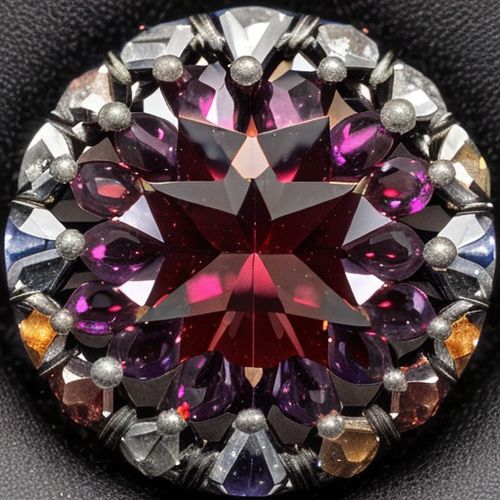
By Grace Cox/Apr 27, 2025
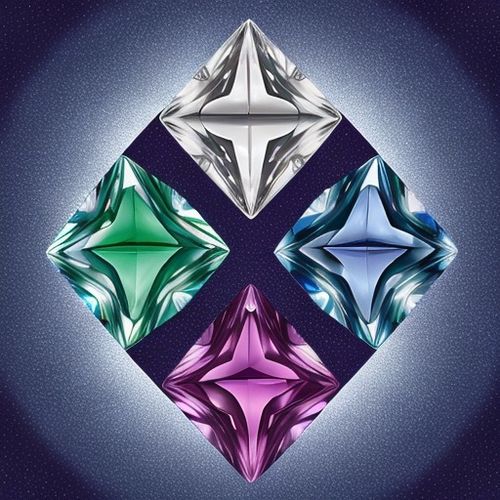
By Christopher Harris/Apr 27, 2025
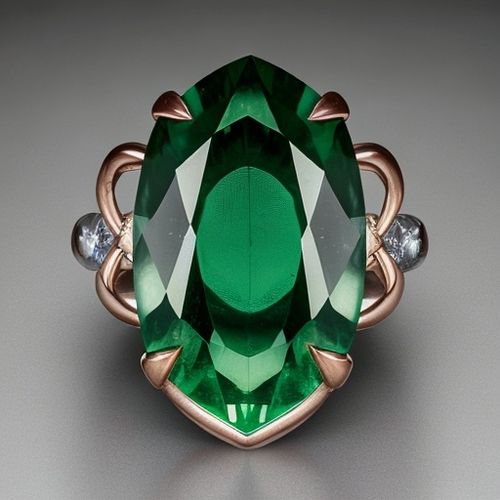
By Thomas Roberts/Apr 27, 2025
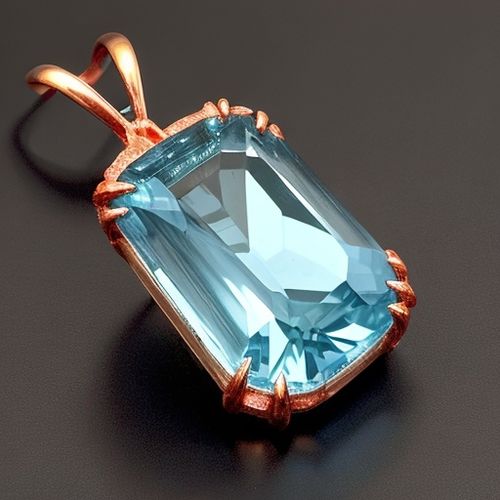
By Joshua Howard/Apr 27, 2025
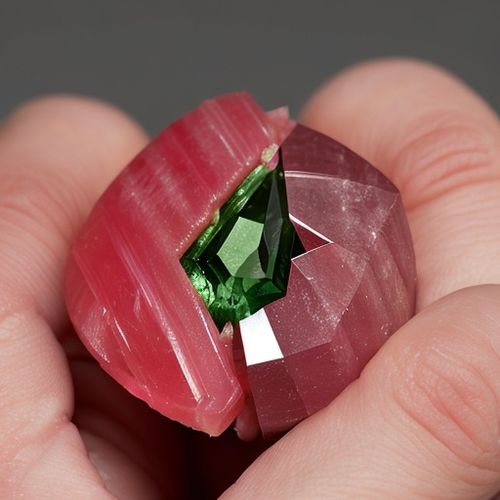
By George Bailey/Apr 27, 2025
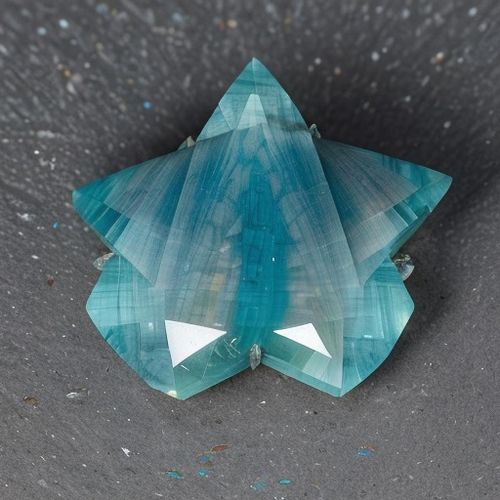
By Amanda Phillips/Apr 27, 2025
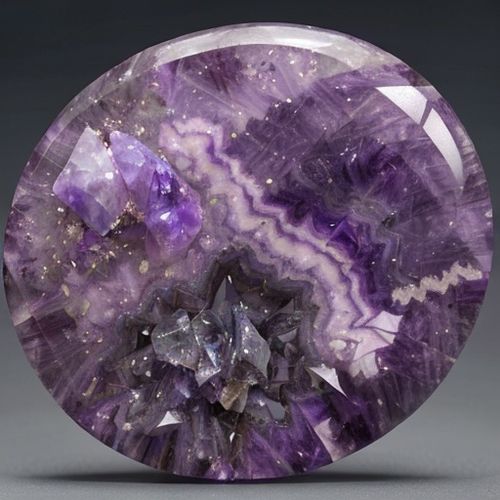
By Emily Johnson/Apr 27, 2025
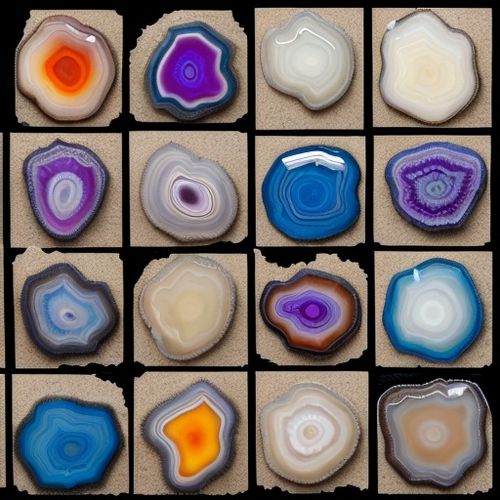
By Samuel Cooper/Apr 27, 2025
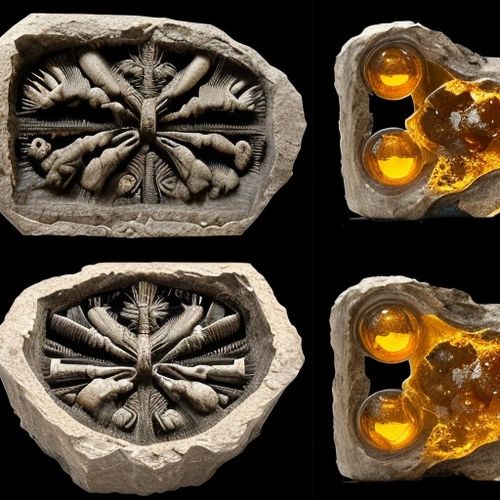
By Emma Thompson/Apr 27, 2025

By George Bailey/Apr 27, 2025
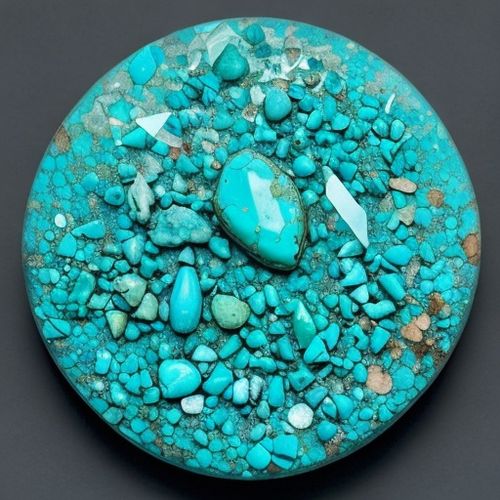
By Eric Ward/Apr 27, 2025
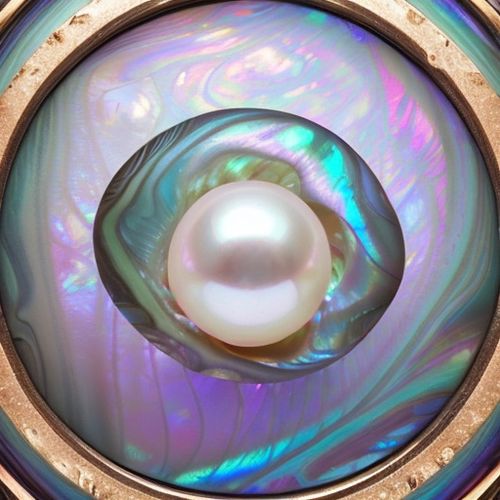
By Noah Bell/Apr 27, 2025
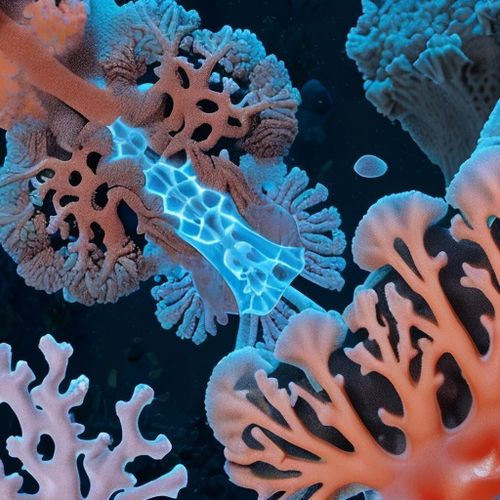
By Samuel Cooper/Apr 27, 2025
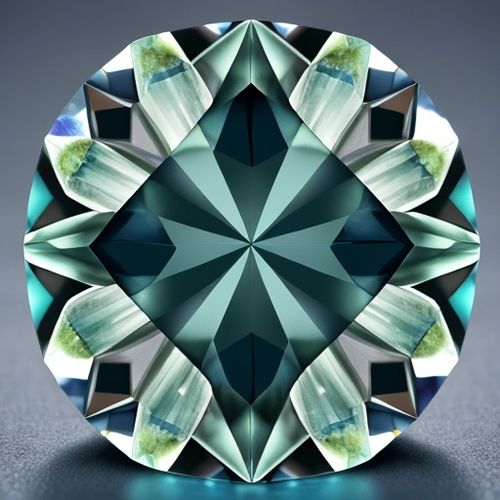
By Eric Ward/Apr 27, 2025
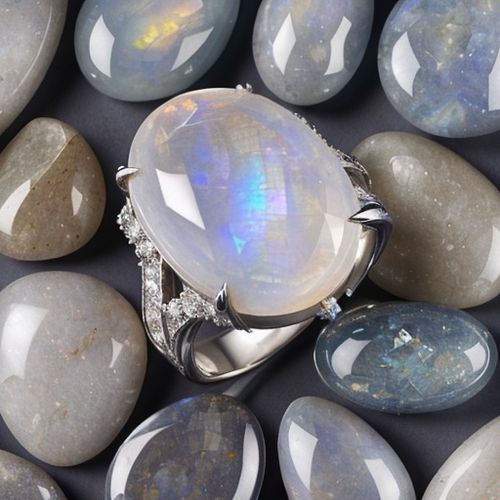
By George Bailey/Apr 27, 2025
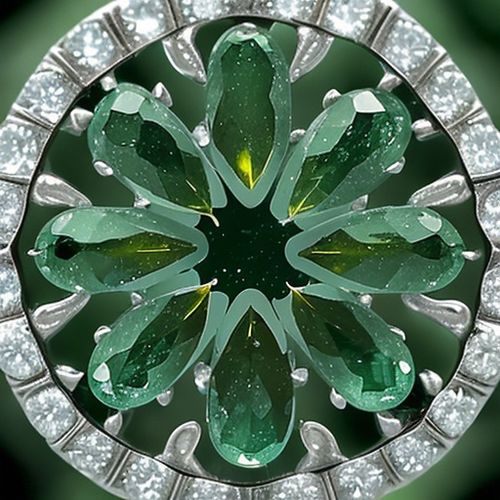
By Eric Ward/Apr 27, 2025
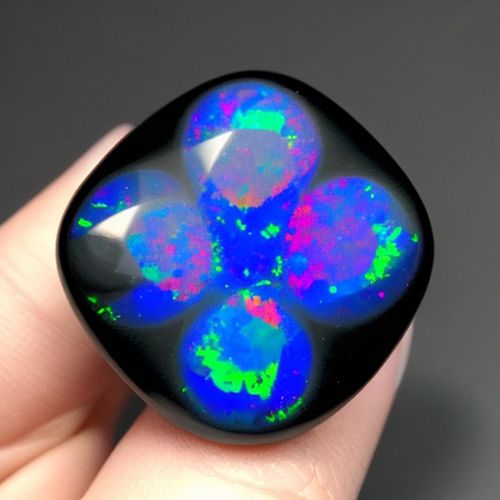
By David Anderson/Apr 27, 2025
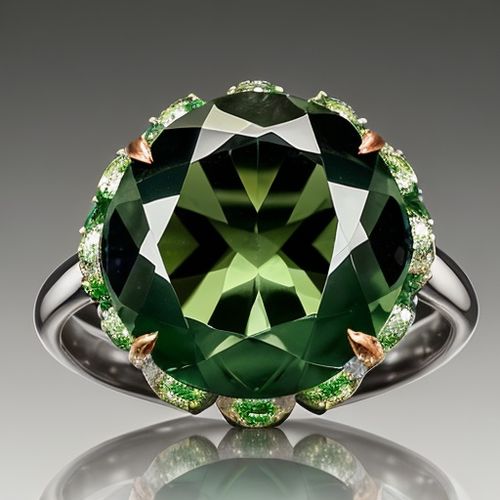
By Lily Simpson/Apr 27, 2025
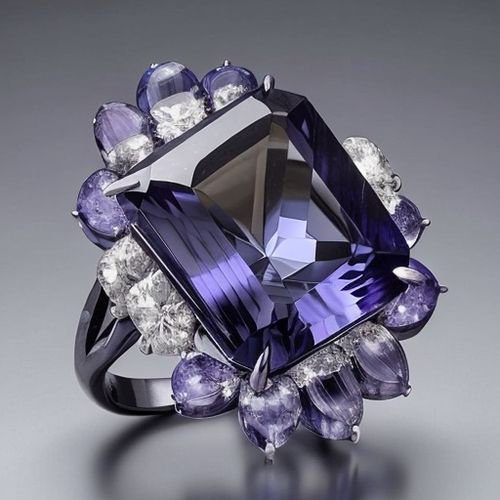
By Natalie Campbell/Apr 27, 2025
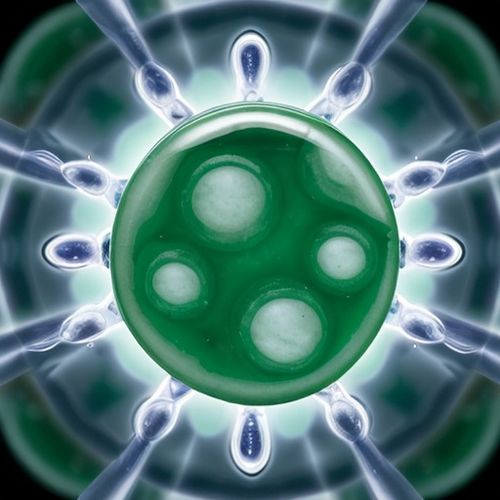
By William Miller/Apr 27, 2025